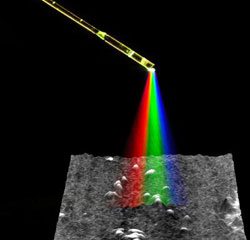The development of medical equipment, products and technical procedures is characterized by high research and development costs in a variety of fields related to the study of human medicine.
innovations-report provides informative and stimulating reports and articles on topics ranging from imaging processes, cell and tissue techniques, optical techniques, implants, orthopedic aids, clinical and medical office equipment, dialysis systems and x-ray/radiation monitoring devices to endoscopy, ultrasound, surgical techniques, and dental materials.

They found that three areas within the hippocampus of Alzheimer's patients show more atrophy compared with those in patients having amnestic mild cognitive…

Statins, the widely used class of drugs for cholesterol management, are now showing promising results in slowing smoking-induced lung damage. In a new study…

Massachusetts General Hospital (MGH) researchers have developed a new type of miniature endoscope that produces three-dimensional, high-definition images,…

Leica Microsystems has received an FDA 510(k) approval for the Leica FL800, an intra-operative video angiography device for the viewing of blood flow in the…

During the four-year project a team of scientists, engineers and mathematicians at the University of Bath will undertake a fundamental revision of electron…

“With increasing longevity among the population, the incidence of AD is expected to rise rapidly, creating a great burden not only for patients and their…